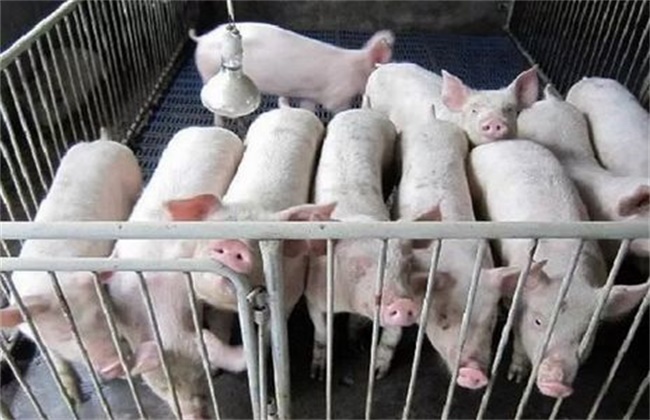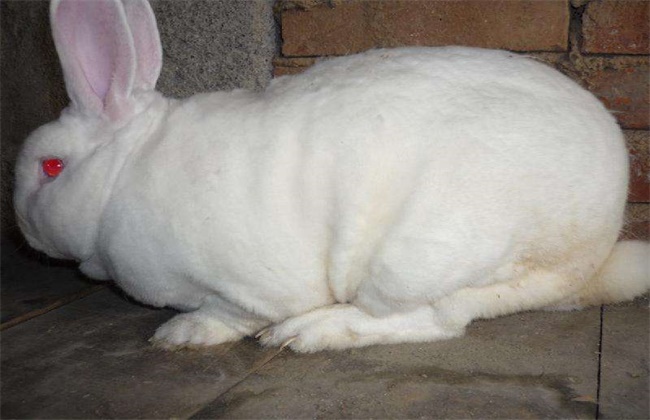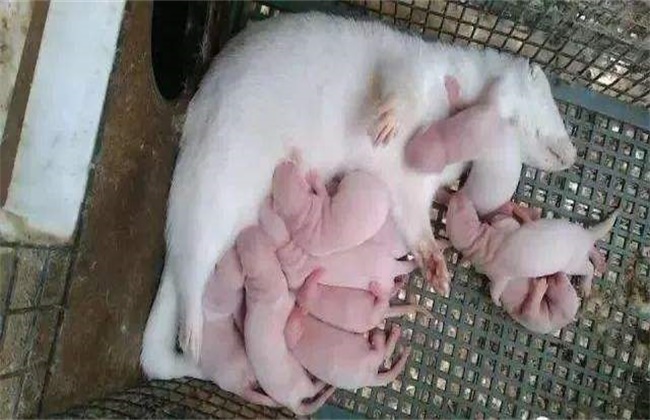Key points of feeding and Management of Conservation Pigs
Conservation pigs are commonly known as weaned piglets. Piglets at this stage have the characteristics of fast growth and high susceptibility to disease, which is the most difficult period for raising pigs. At this time, the immunity of piglets is low, and the changes of grouping and feed are very prone to stress reaction. So how to raise and manage the conservation pigs? Let's get to know it.

1. Preparation of nursery
One week before entering the pig, it is necessary to thoroughly clean the pig house, first rinse the floor and condition with water, then fumigate with methanol and potassium permanganate after drying, and then disinfect it with disinfectant three days later. This can kill most of the bacteria and microorganisms, help to eliminate the source of infection, cut the route of transmission, help to preserve the growth of pigs, and check food troughs and drinking water utensils before entering pigs. In addition, the temperature in the house should be controlled at 28-30 degrees, which should be adjusted according to climate change, heat preservation should be increased in cold season, ventilation should be strengthened in high temperature season, and toxic gases should be discharged.
2. Feeding management
The digestive system of conservation pigs is not perfect, and it is sensitive to the nutrition and composition of feed, so when choosing feed, we should choose something easy to digest and high nutrition, so as to avoid indigestion and promote growth of piglets. During feeding, the feed time of the feed should be recorded to ensure that the feed is continuous in the trough and that an adequate supply of lukewarm water should be provided. if insufficient drinking water may affect feed intake and lead to slow growth. In order to prevent stress reaction, vitamins, glucose, antibiotics and other drugs can be added to drinking water to increase the disease resistance of piglets. The feeding time and times should be fixed, usually 6 times a day. At the same time, in order to avoid the symptoms of indigestion and diarrhea, the feeding should be limited within 1-2 weeks of weaning and feed freely after 3 weeks.
3. Environmental management
Within a week of weaning, the temperature of the piglet should be kept at 25-27 degrees. After that, the temperature should be reduced by 2 degrees a week until the normal temperature, and the humidity should be controlled at 55%, 65%. At the same time, we should pay attention to the feeding density, which will not only bite, but also cause an increase in toxic gases and respiratory diseases. Piglets should not be transferred directly to the nursery after weaning. Sows should be transferred and piglets should be raised in the original house for a week and then transferred to the nursery. The transfer should be divided into groups reasonably according to the weight and age of piglets, and the piglets with similar body weight and age should be raised in one column, and the piglets from different sources should be raised in separate columns, and each litter of piglets with poor physique and low body weight should be raised in groups. Carefully observe the activity, intake and excretion of piglets, keep the environment clean and hygienic, and provide a good environment for piglets' growth.
4. Immune deworming
Vaccinated pig houses are one of the important tasks of nursing houses, such as classical swine fever vaccine and foot-and-mouth disease vaccine, which must be done. in addition, parasites such as scabies mites and roundworms will also cause certain damage to the growth of piglets, damaging the immune system of piglets, so do a good job of deworming.
The above is an introduction to the main points of pig feeding and management. I hope it can help you. If you want to know more about it, please pay attention to us.
Related
- On the eggshell is a badge full of pride. British Poultry Egg Market and Consumer observation
- British study: 72% of Britons are willing to buy native eggs raised by insects
- Guidelines for friendly egg production revised the increase of space in chicken sheds can not be forced to change feathers and lay eggs.
- Risk of delay in customs clearance Australia suspends lobster exports to China
- Pig semen-the Vector of virus Transmission (4)
- Pig semen-the Vector of virus Transmission (3)
- Five common causes of difficult control of classical swine fever in clinic and their countermeasures
- Foot-and-mouth disease is the most effective way to prevent it!
- PED is the number one killer of piglets and has to be guarded against in autumn and winter.
- What is "yellow fat pig"? Have you ever heard the pig collector talk about "yellow fat pig"?



